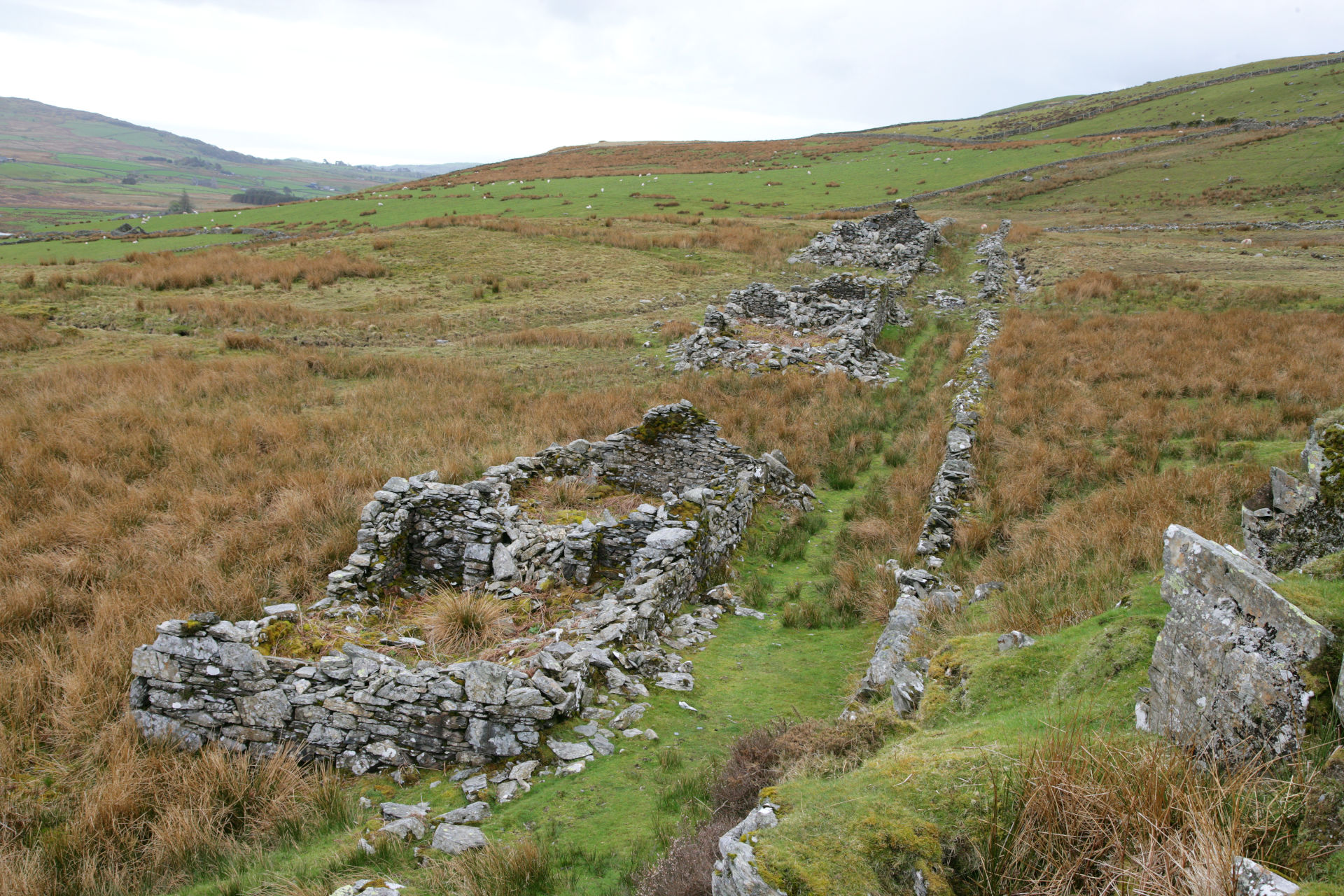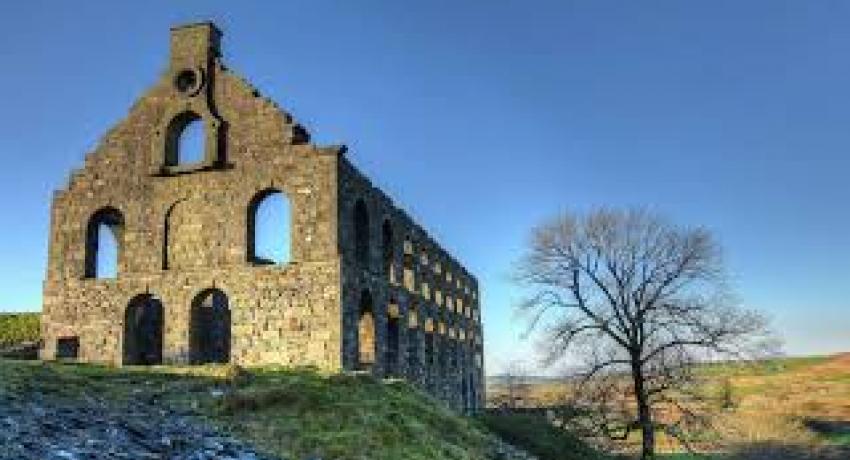“Yng nghesail y moelydd unig
Cwm tecaf y cymoedd yw”
[at the heart of these lonely hills, this is the fairest of all valleys]
Eliseus Williams (Eifion Wyn) (1867—1926), Cerdd 'Cwm Pennant'
NOTABLE ELEMENTS AND PUBLIC ACCESS
Listed below are notable elements within the World Heritage Site for the Slate Landscape of Northwest Wales, and links to information on public access:
- Gorseddau Slate Quarry | Access information for Gorseddau Slate Quarry on www.snowdoniaheritage.info
- Prince of Wales Slate Quarry | Access information - No Public Access
- Ynysypandy Slate-Slab Mill | Access information for Ynysypandy Slate-Slab Mill on www.visitsnowdonia.info
- Gorseddau Railway and Gorseddau Junction & Porthmadog Railways | Access information for Gorseddau Railway and Gorseddau Junction & Porthmadog Railways on www.snowdoniaheritage.info
- Treforys Village | Access information for Treforys Village on www.snowdoniaheritage.info
STATEMENT ON VISITOR SAFETY
The Slate Landscape of Northwest Wales is undoubtedly fascinating, but by it's very nature can be remote, dangerous and challenging. A significant proportion of the landscape is within private ownership and some of this on land where no public access is permitted.
Before you set off to explore the slate landscape, ask yourself, am I allowed to access this site? Do I have the right gear? Do I know what the weather will be like? Do I have the knowledge and skills for the day? Go to AdventureSmart.uk to find out how to enjoy your visit safely.
What’s the connection between this lonely, beautiful landscape, and the slate industry?
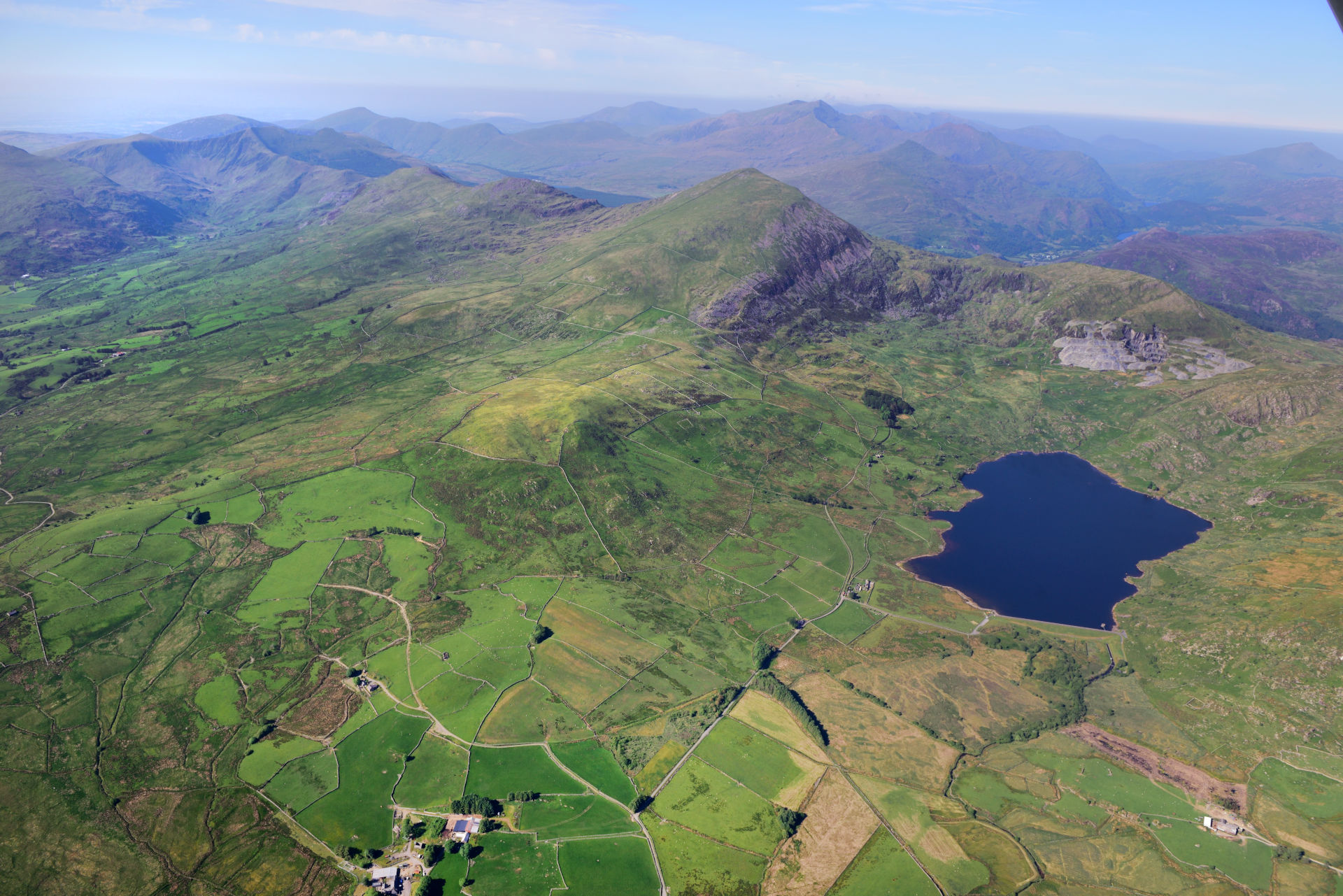
Both the Gorseddau and Prince of Wales quarries were developed between 1850 and 1870, the “Golden Age” of the slate industry in Gwynedd. Their development testifies to the fact that everyone that invested in the slate industry expected to make a fortune. Huge sums of money were invested in these two quarries from 1850 onwards. But both failed within a few years of opening, because of the poor quality of their rock.
19th Century Archaeology
Both quarries – Gorseddau and Bwlch y Ddwy Elor (the latter called rather grandly “Prince of Wales” by its owners) – are good examples of how slate quarries were developed in the mid 19th century. After they closed, their workers left, their railways were dismantled, and silence returned to these hills.
At more successful quarries, evidence of most of the original development has been worked away, as the quarries developed and were modernised over the succeeding years. But here, original developments and buildings can be seen as they would have been at the very beginning.
Local people take pride in both quarries and it is this, along with the care of the National Park Authority, that has assured the remarkable survival of archaeological evidence here.
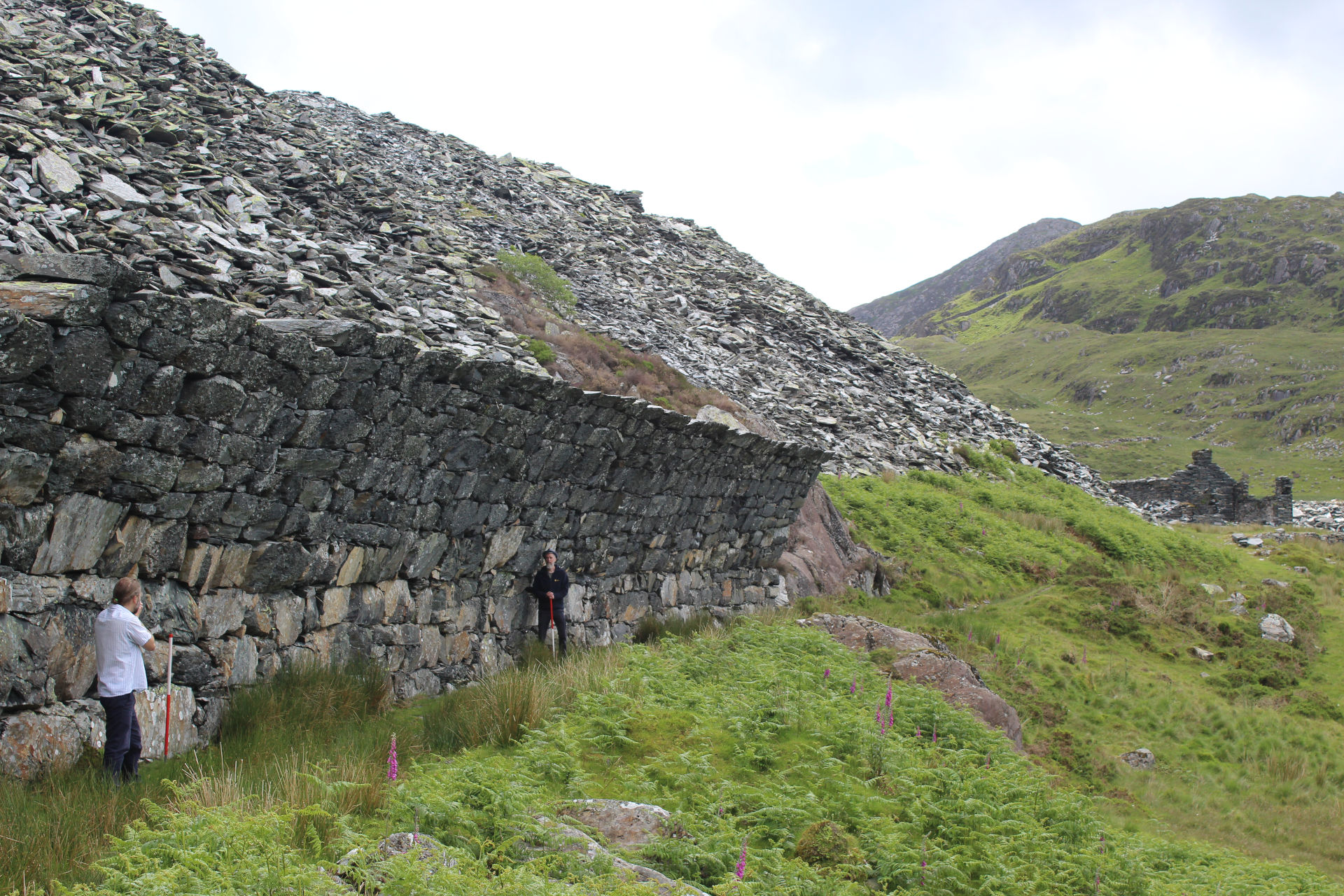
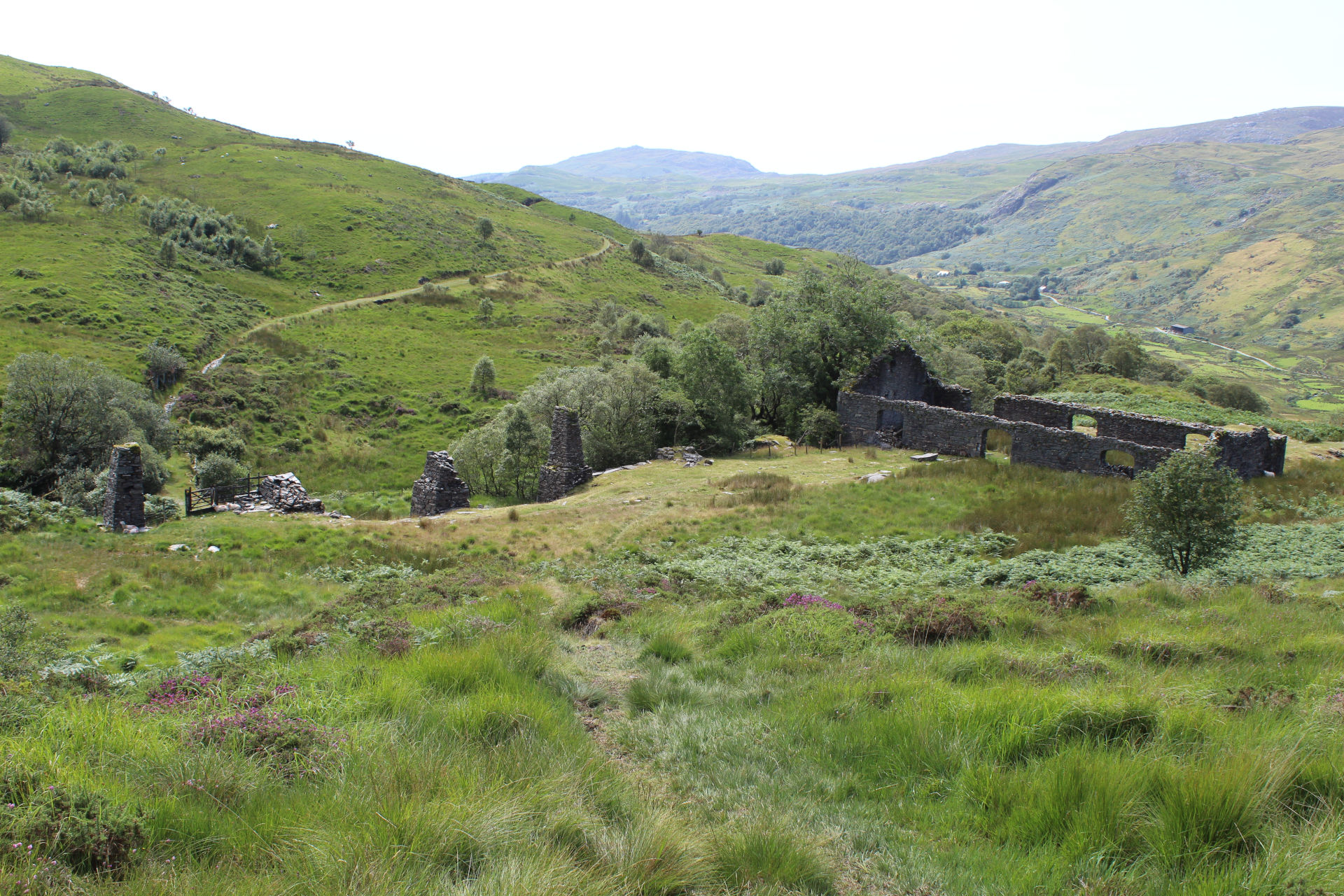
Gorseddau Quarry
As at Penrhyn Quarry, Bethesda, galleries or terraces have been used to develop Gorseddau Quarry. Each of the 8 galleries has survived, along with their splitting and blasting shelters. There are barracks here as well, where single quarrymen would have stayed overnight.
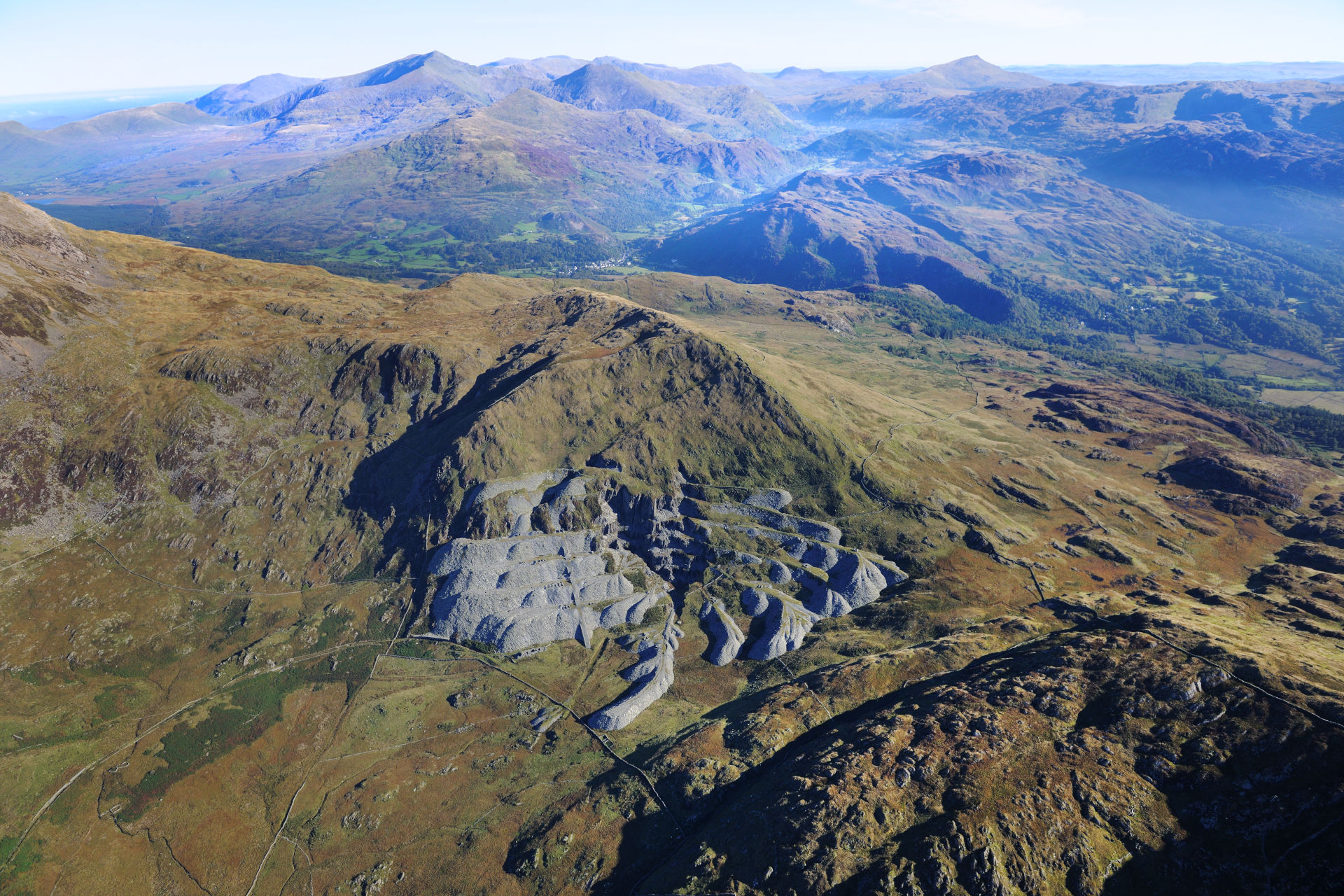
Prince of Wales Quarry
Seven galleries have been developed, but it’s also thought that there were plans to work underground. There are barracks, as well as two slate mills. The mills were designed by John Francis, manager of the Penrhyn Quarry, who went on to develop similar structures at that quarry from 1864 onwards.
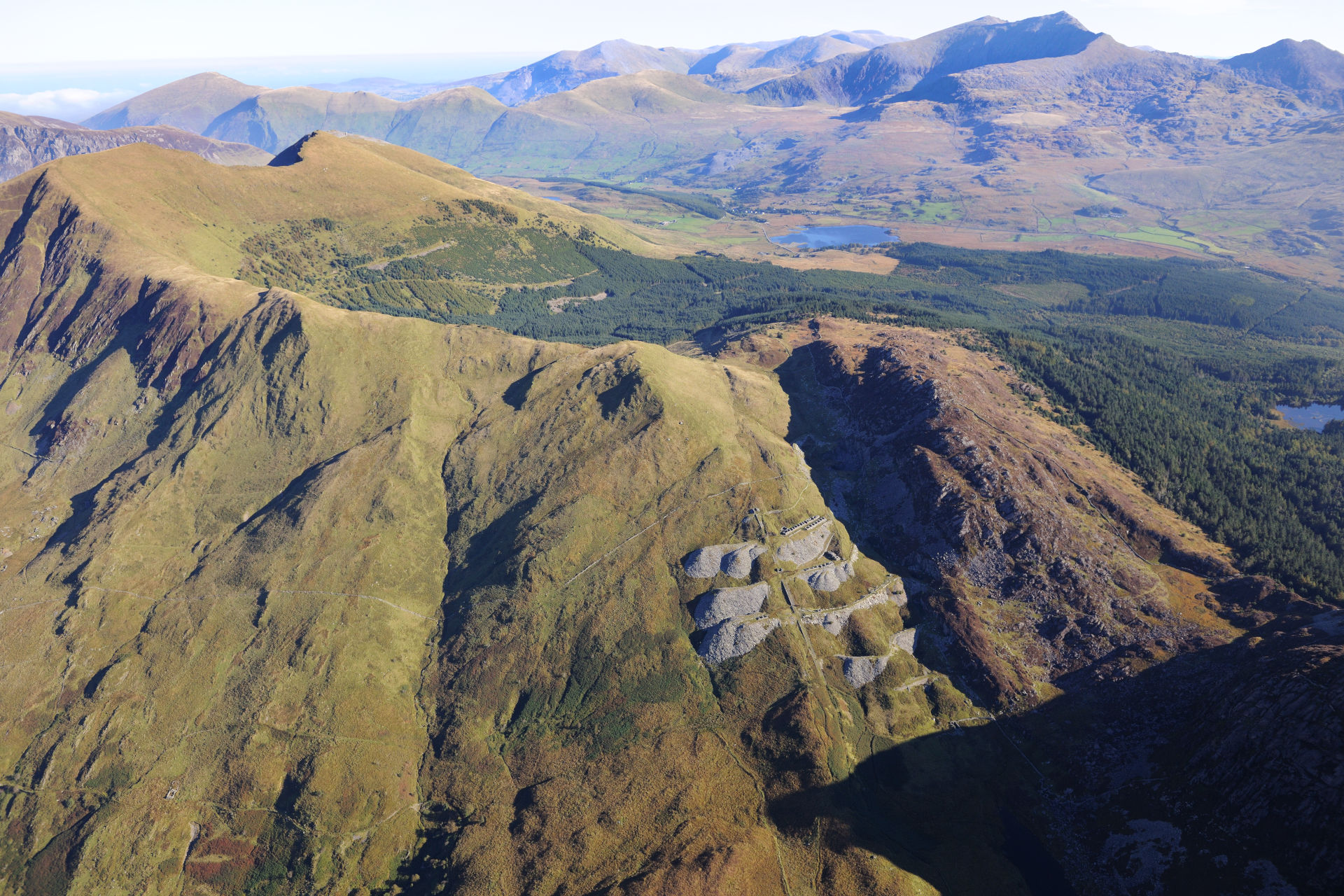
Moving Slate
Railways from both quarries met and were served by a narrow-gauge line to Porthmadog. The quarry railways had important differences. Brunlees and Fox - who designed railways in several countries - built the line to Gorseddau in 1857. This was of a high standard, designed for horse haulage. In comparison, the line to Prince of Wales quarry was designed for use by steam locomotives and built by a local man, James Davids of Caernarfon, to a far lighter standard. Very little use was made of both railways. Along their route lies one of the most remarkable buildings in the history of the slate industry.
Ynysypandy Slate Mill
Ynysypandy Slate Mill was built for use by Gorseddau quarry and was active between 1857 and 1866. It is an imposing building, inspired by foundry design, reflecting the background of its investors. Its machinery was powered by a water wheel, with slabs arriving at an upper level. After the quarry closed, it is said to have been used as a community hall for some time.
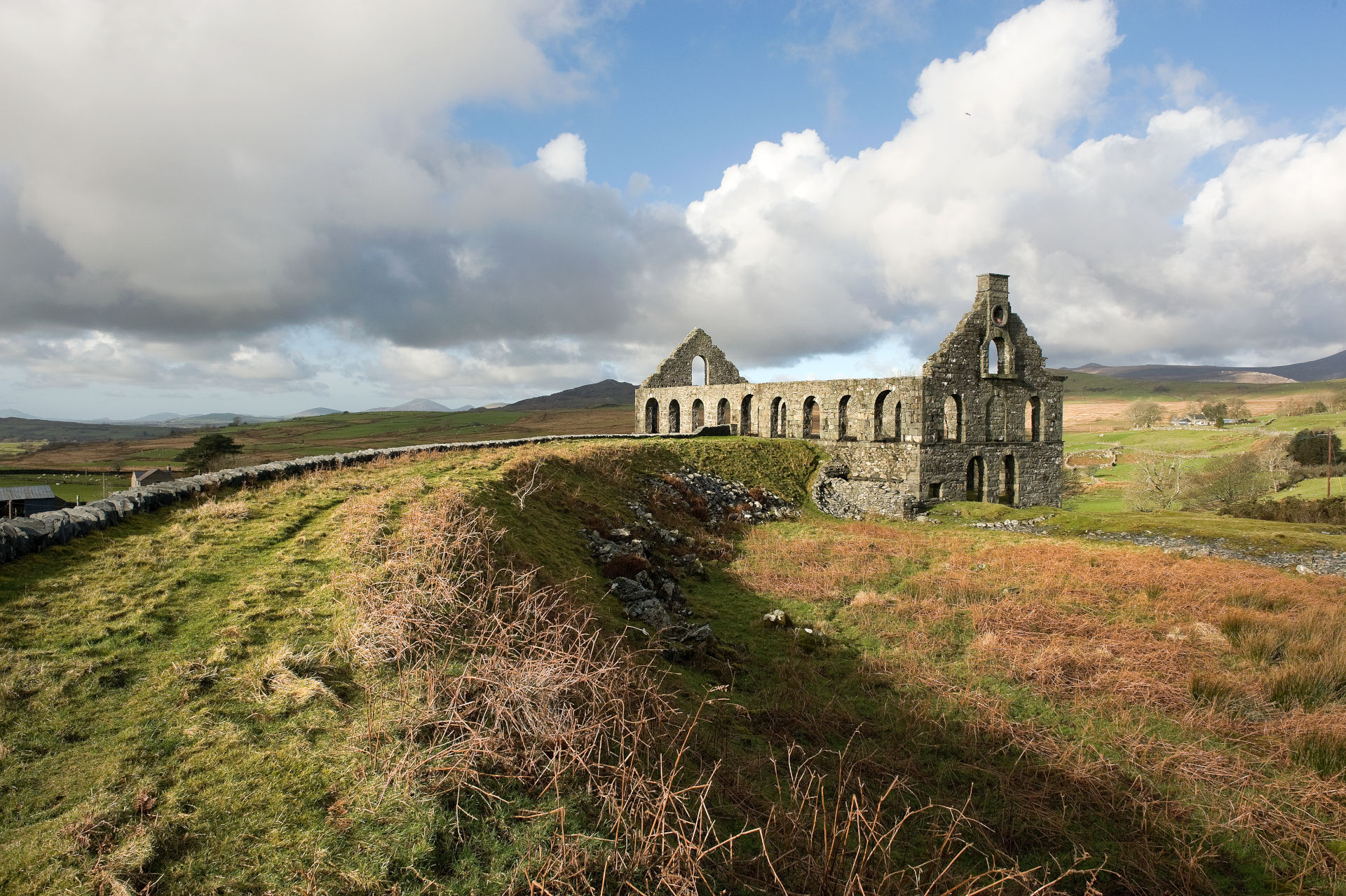
Life and Living
The village of Treforys, between Ynysypandy and Gorseddau quarry was developed in the 1850s. Eighteen pairs of two roomed cottages were erected on sour, unsheltered marshland. The manager’s house was nearby. This is a planned village, possible inspired by the village of Mynydd Llandygai in Dyffryn Ogwen. The name is a reminder that a local banker, Richard Morris Griffith, helped to raise capital required to develop the quarry. This must have been a challenging place in which to live and smallpox was reported here in 1859.
